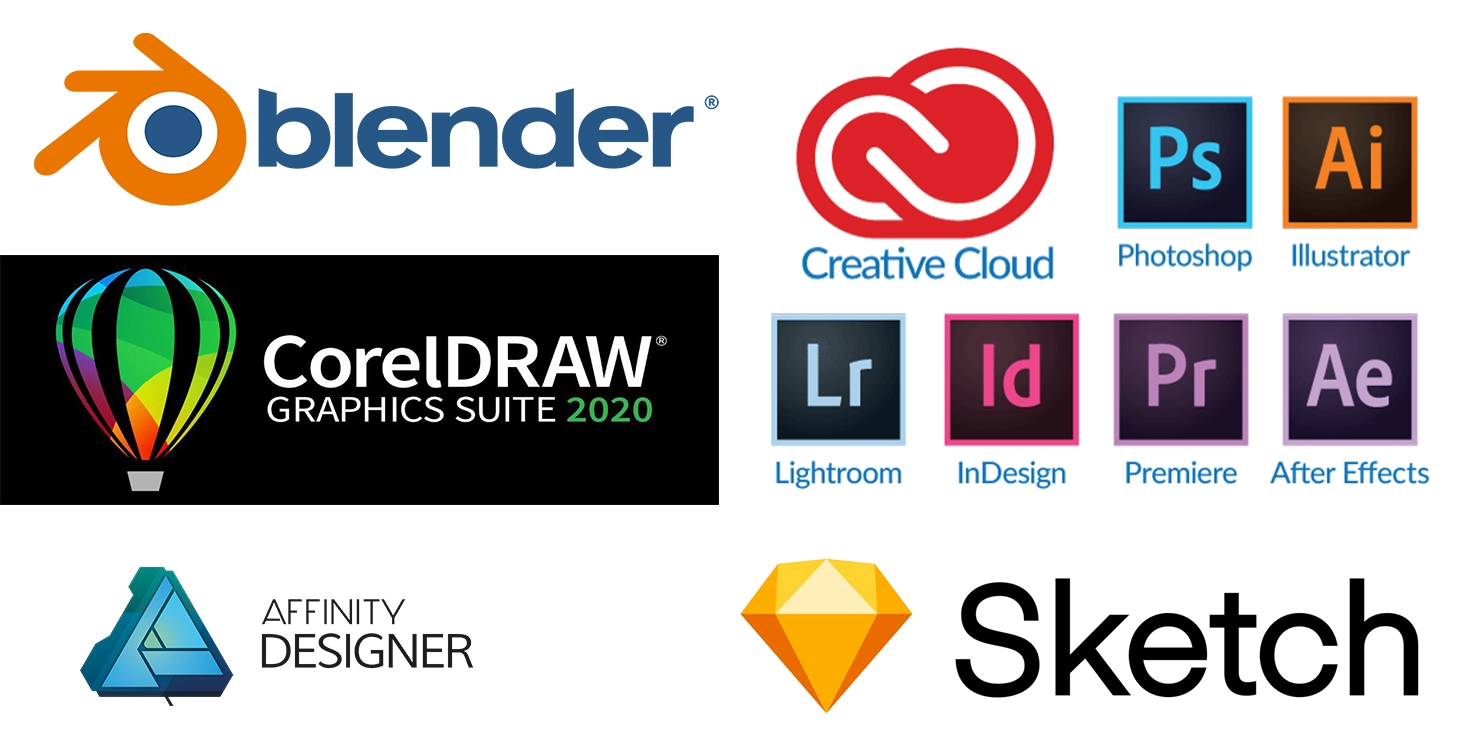88YTY News Hub
Stay updated with the latest trends and news.
Graphic Design Software: Your New Best Friend or Just a Fad?
Discover if graphic design software is your ultimate ally or just a passing trend. Uncover the truth behind the latest tools today!
The Evolution of Graphic Design Software: A Comprehensive Overview
The evolution of graphic design software can be traced back to the 1960s when pioneering computer scientists began to experiment with digital graphics. One of the earliest programs, Sketchpad, created by Ivan Sutherland in 1963, laid the groundwork for later software development. As technology advanced, the 1980s saw the introduction of more sophisticated tools like Adobe Illustrator and CorelDRAW, which enabled designers to create vector graphics with precision. These applications revolutionized the industry by providing a user-friendly interface and powerful features that catered to both professionals and amateurs alike. Today, software like Adobe Creative Cloud and Affinity Designer offers an extensive suite of design tools that facilitate creativity in ways previously unimaginable. For more on the foundational tools of graphic design, visit Adobe Creative Cloud.
In the 1990s and early 2000s, the rise of the internet ushered in a new era of graphic design software focused on web development. Tools such as Macromedia Dreamweaver and later, WordPress themes, became essential for designers looking to create visually appealing websites. Additionally, the emergence of user-generated content platforms and social media necessitated increased accessibility to graphic design tools, leading to the development of web-based applications like Canva, which allows users to create designs without advanced technical skills. As we move forward, the integration of artificial intelligence and machine learning in graphic design software is shaping a future where design can be more automated, allowing designers to focus on creativity while software handles the more complex tasks. For insights on current trends, check out Smashing Magazine.

5 Essential Features to Look for in Graphic Design Software
When selecting graphic design software, functionality is key. Versatility allows designers to create everything from logos to marketing materials seamlessly. Look for software that offers a range of tools for vector and raster graphics, such as Adobe Illustrator and CorelDRAW. Additionally, consider the user interface; it should be intuitive and easy to navigate, ensuring that both beginners and experienced designers can work efficiently without unnecessary frustration.
The second feature to consider is the collaboration capabilities of the software. In today's interconnected world, being able to work with clients and team members in real-time is essential. Tools such as Canva or Figma offer cloud-based platforms, allowing for easy sharing and editing of designs. Lastly, ensure the software offers robust export options, enabling you to save your work in multiple formats suited for print or web usage, which enhances your flexibility in projects.
Is Graphic Design Software Revolutionizing Creativity or Just a Trend?
The advent of graphic design software has undeniably transformed the landscape of creativity, allowing both amateur and professional designers to explore innovative ideas with unprecedented ease. Tools like Adobe Creative Suite, Canva, and Sketch have democratized design, enabling users to produce visually compelling content without the steep learning curve typically associated with traditional graphic design techniques. As discussed in an article by Creative Bloq, these programs come equipped with user-friendly interfaces and an array of templates that inspire creativity and encourage experimentation. This seismic shift raises the question: are we witnessing a genuine revolution in creative expression or simply a trend that will fade as technology evolves?
While some critics argue that reliance on graphic design software could lead to a homogenization of aesthetics and a decrease in originality, proponents believe that it fosters collaboration and accessibility. According to Forbes, modern applications are increasingly integrating artificial intelligence, which can enhance, rather than replace, the creative process by offering suggestions and automating mundane tasks. This symbiosis between technology and creativity may empower a new generation of creators to push the boundaries of traditional design, leading to fresh perspectives and innovations that were previously unimaginable.